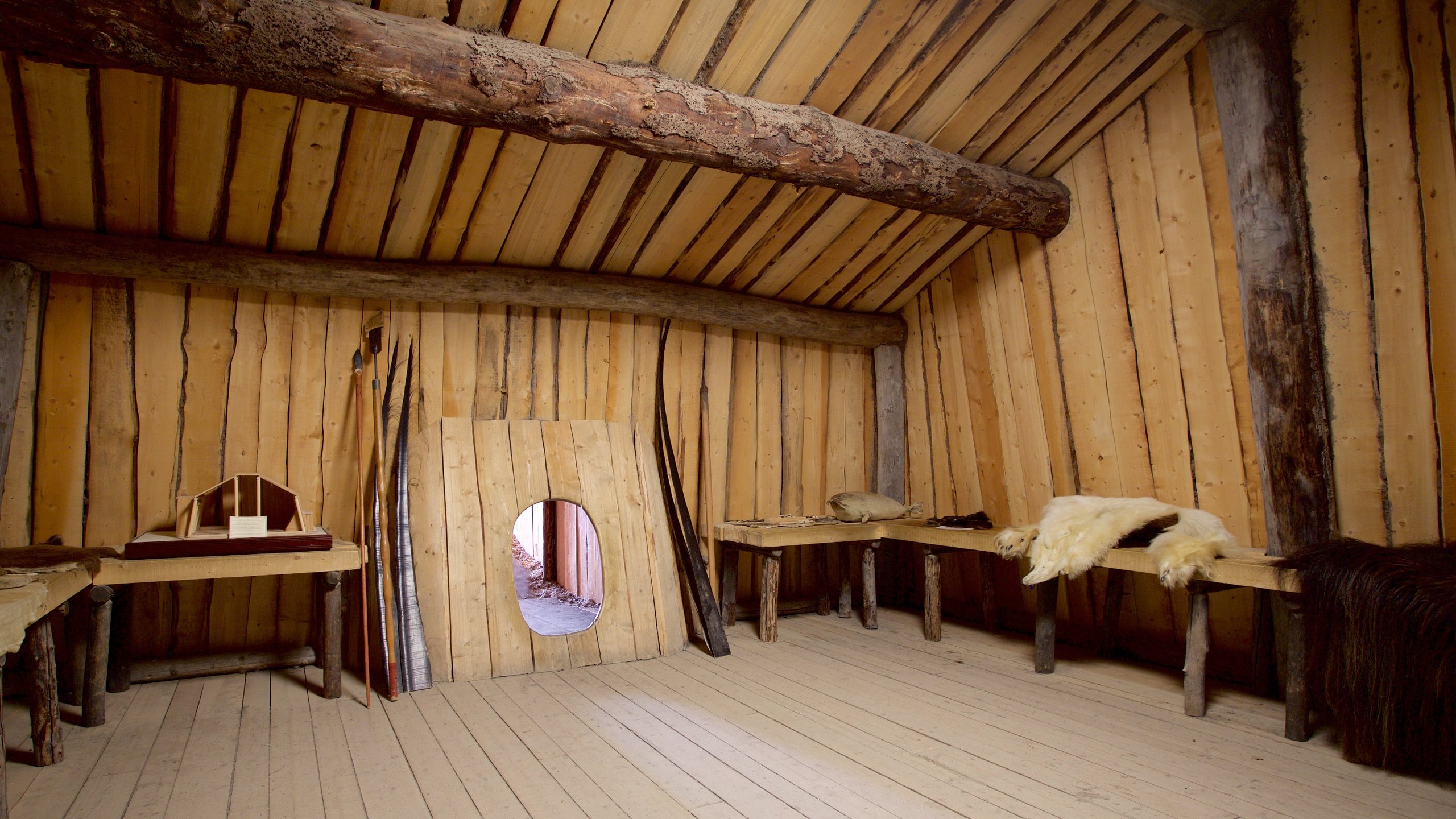Unveiling the Rich Heritage of Alaska: An Indisputable Adventure Awaits at The Alaska Heritage Center
Alaska, a state of staggering natural beauty and unparalleled wilderness, has a rich and storied history that spans thousands of years. From the earliest Native American inhabitants to the present day, Alaska's past is a tapestry woven from diverse cultures, traditions, and experiences. The Alaska Heritage Center, nestled in the heart of Anchorage, is a premier destination for anyone seeking to delve into the fascinating history of this incredible land. As we embark on an indigenous odyssey at this magnificent center, we will explore the many wonders that await us, and uncover the secrets that have been hidden for centuries.
The Alaska Heritage Center is a place where the past and present converge, where the stories of Alaska's indigenous peoples are brought to life through interactive exhibits, artifacts, and immersive experiences. As we step through the center's doors, we are transported to a time when the land was first inhabited by the Inupiat, Yupik, Aleut, and Athabascan tribes. We learn about their traditional ways of life, their connection to the land, and their struggles and triumphs in the face of adversity.
Discovering Alaska's Native Cultures
Native American Tribes of Alaska
Alaska is home to a diverse array of Native American tribes, each with their own unique culture, language, and traditions. The Inupiat, for example, are the largest Native American group in Alaska, inhabiting the Arctic region and living off the land through subsistence hunting and fishing. The Yupik, on the other hand, are found in southwestern Alaska and are known for their expertise in whaling and marine mammals. The Aleut are a distinct tribe that inhabits the Aleutian Islands, renowned for their skill in fishing and seafood processing.
Some of the most significant Native American tribes in Alaska include:
• The Athabascan, who inhabit the Interior and Subarctic regions and are known for their expertise in hunting and gathering.
• The Tlingit, who live in Southeastern Alaska and are famous for their intricate totem pole carvings.
• The Haida, who inhabit the islands of Southeastern Alaska and are celebrated for their sophisticated woodcarvings.
Alaska's Indigenous Heritage
Alaska's indigenous heritage is a rich and vibrant tapestry, woven from the traditions, customs, and experiences of its Native American tribes. From the colorful regalia and intricate headdresses of the Inupiat and Yupik, to the elaborate totem pole carvings of the Tlingit and Haida, Alaska's indigenous heritage is a testament to the creativity and ingenuity of its people.
Through the Alaska Heritage Center's extensive collection of artifacts, we gain a glimpse into the daily lives of Alaska's indigenous peoples, from their traditional dwellings and hunting practices, to their spiritual practices and ceremonial rituals. We learn about the intricate social structures and customs of each tribe, and the ways in which they have adapted to the harsh and unforgiving environment of Alaska.
Exploring Alaska's Industrial and Statehood History
The Gold Rush and the Industrial Era
The late 19th and early 20th centuries saw a period of rapid growth and industrialization in Alaska, as the discovery of gold and the expansion of the railroad brought new technologies and innovations to the region. The gold rush of the late 1800s saw thousands of prospectors flock to Alaska, seeking to strike it rich in the frozen wilderness.
The Alaska Industrial Belt, a region that spans from Anchorage to Fairbanks, was the epicenter of Alaska's industrialization. Here, oil, gas, and mining companies established themselves, bringing with them new technologies and infrastructure. The construction of the Alaska Highway, a 1,387-mile road that spans from Dawson Creek, British Columbia, to Delta Junction, Alaska, further cemented Alaska's connection to the rest of North America.
Statehood and the Modern Era
Alaska's path to statehood was a long and winding one, marked by numerous attempts at annexation and a period of detachment from the United States. The Alaska Purchase of 1867, in which the United States acquired Alaska from Russia for $7.2 million, was a pivotal moment in the state's history.
In 1959, Alaska became the 49th state, following a successful campaign led bySenator Ralph Rivers and Representative James Paradis. Today, Alaska is a thriving state, with a diverse economy, a rich cultural heritage, and a deep connection to the natural world.
Interactive Exhibits and Immersive Experiences
The Alaska Native Heritage Center
The Alaska Native Heritage Center is a premier destination for anyone seeking to learn about Alaska's indigenous peoples. This comprehensive museum showcases the history, culture, and traditions of Alaska's Native American tribes, through a range of interactive exhibits, artifacts, and immersive experiences.
Some of the center's most popular exhibits include:
• The Kikpikapiut Statue, a life-size replica of an Inupiat hunting camp.
• The 5,000-square-foot replica of an Athabascan village, featuring traditional dwellings and communal spaces.
• The Gelek John Gallery, which showcases the artwork and craftsmanship of Alaska's Native American tribes.
The Tlingit and Haida Galleries
The Tlingit and Haida Galleries are must-see destinations for anyone interested in Alaska's Native American art and culture. These galleries feature an extensive collection of totem pole carvings, masks, and other works of art created by the Tlingit and Haida tribes.
Some of the highlights of the galleries include:
• The impressive collection of Tlingit totem poles, created by master carvers from the Pacific Northwest.
• The stunning Haida masks, which feature intricate designs and symbolic motifs.
• The beautifully crafted Haida houses
Karlanenio Crime Pos
Madi Ruve
Drew Barrymore
Article Recommendations
- Christian Keyes Father
- Chloandmatt Fansd
- Karlan And Connieenio Crime Pos
- Gaz Coombes Wife
- Fashion Weekti
- Mikaylah
- Marietemara Fans
- Janiceejanice
- Hopie Carlson
- Who Is Tony Hinchcliffe Father



